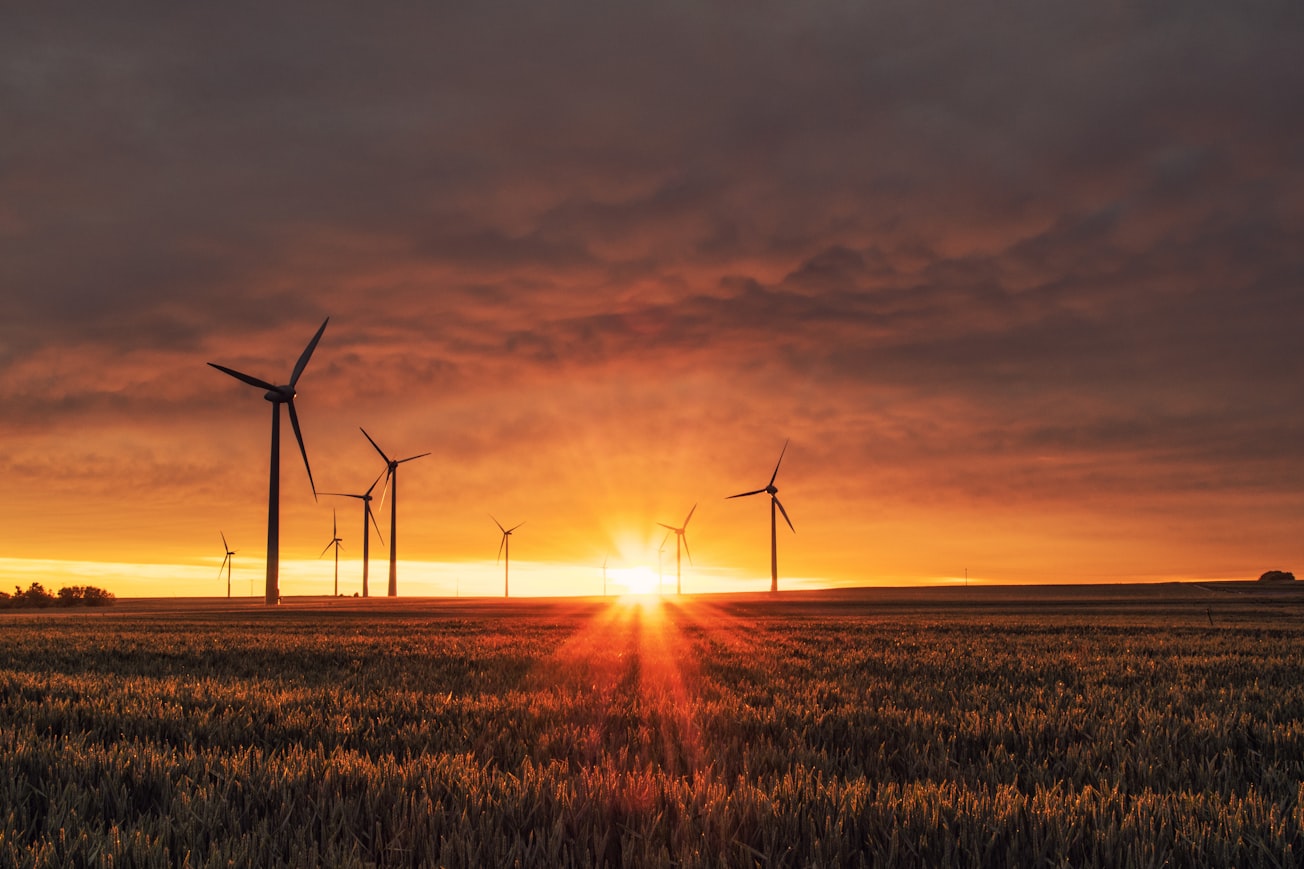What is it about?
‘Biodiversity’ means the variety of different life forms on earth. This study looked at how biodiversity has been affected by the COVID-19 pandemic. For example, on the positive side, lockdowns made people more aware of their local environment. On the negative side, the financial problems caused by the pandemic mean there is less money for conservation projects. ‘What happens next’ will depend on what each country’s government does to help its economy recover. Previous studies have shown that economic growth tends to be bad for the environment. This is because growth often comes from activities that use up natural resources or cause pollution. In this study, the scientists explain four of the different options that governments might choose. One option is called ‘green growth’. It is popular with the European Union, United Nations, the Organization for Economic Co-operation and Development, and the World Bank, among others. They believe that it is possible for economies to recover in ways that don’t harm the environment. For example, governments could invest in developing and selling new technologies that reduce pollution.
Featured Image

Photo by Karsten Würth (➡️ @karsten.wuerth) on Unsplash
Why is it important?
Some politicians in the United Kingdom and the United States of America are trying to put this into practice with a policy called the “Green New Deal”. The scientists behind this study say that it is a good example of how governments can plan for economic growth in a way that also protects the environment. KEY TAKEAWAY: The COVID-19 pandemic has caused major economic problems. Economic recovery can come about in different ways. Some of those will be better for the environment than others.
Read the Original
This page is a summary of: Biodiversity conservation in a post-COVID-19 economy, Oryx, December 2020, Cambridge University Press,
DOI: 10.1017/s0030605320001039.
You can read the full text:
Resources
Can countries still prosper while cutting carbon emissions?
Cutting carbon emissions does not have to be bad for economic growth.
Can countries in Africa afford to switch to green energy?
There is no need for countries in Africa to choose between providing energy to everyone, or tackling climate change. The two things can be done together.
Is capitalism making climate change better or worse?
Talking generally about “the economy” is too vague. It means we may not be clear on the problems that need solving, or we may be missing ideas for how to solve them.
Climate Change Knowledge Cooperative
Explore the wider collection of climate change research summaries.
Contributors
The following have contributed to this page







